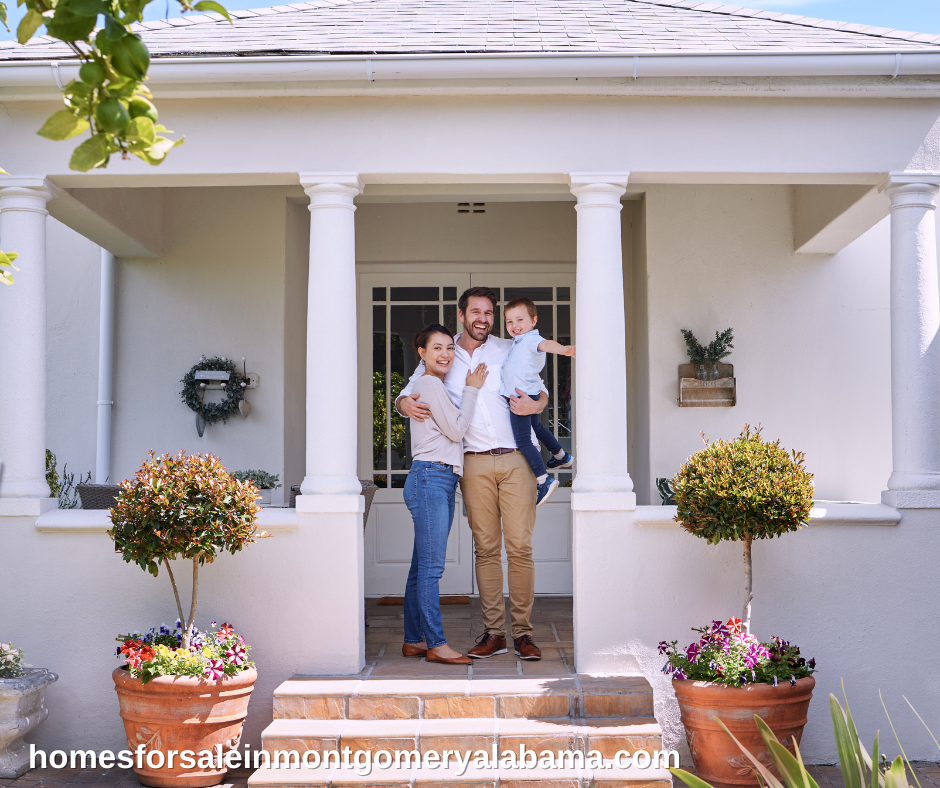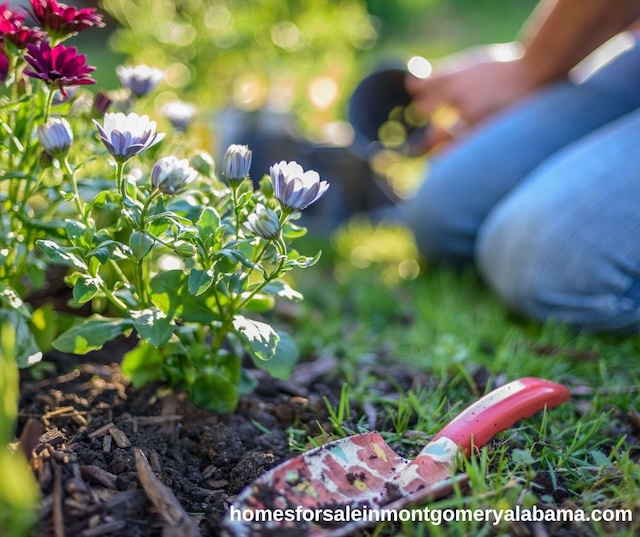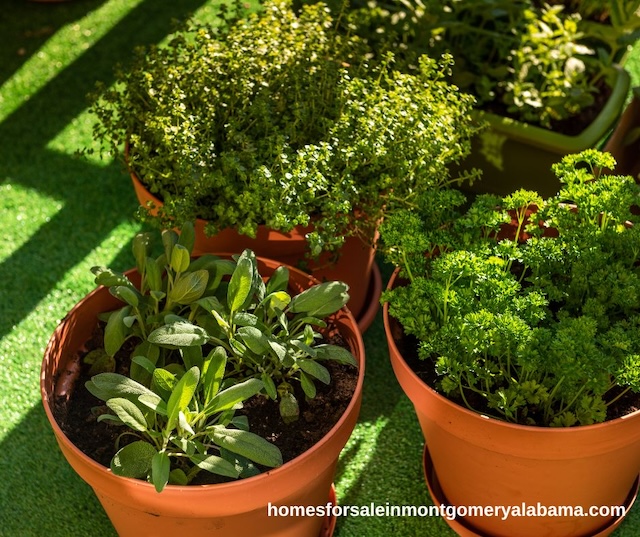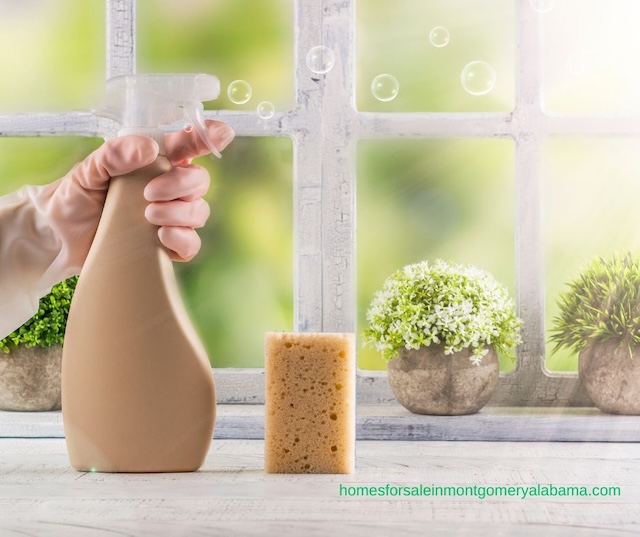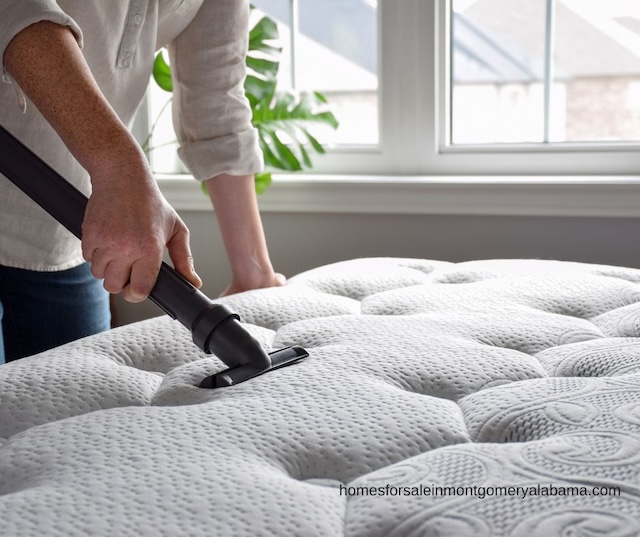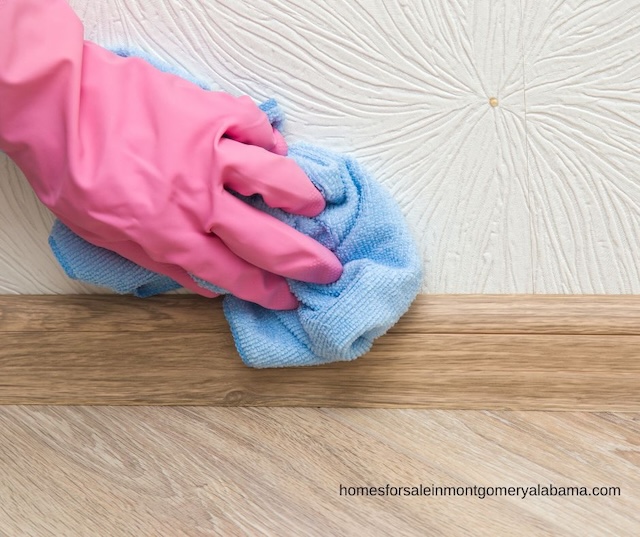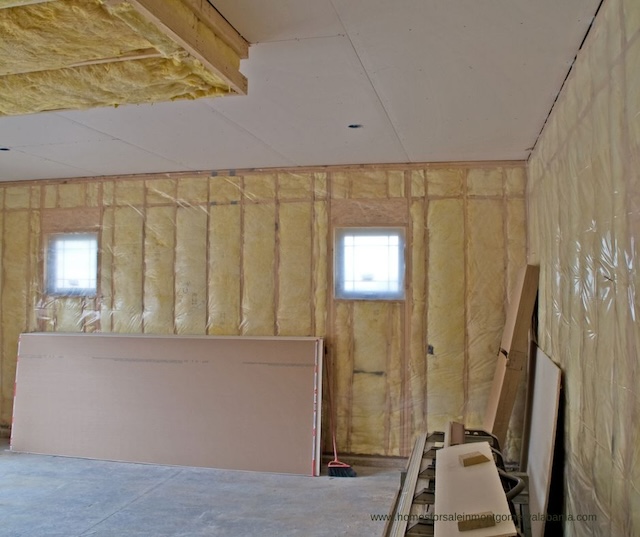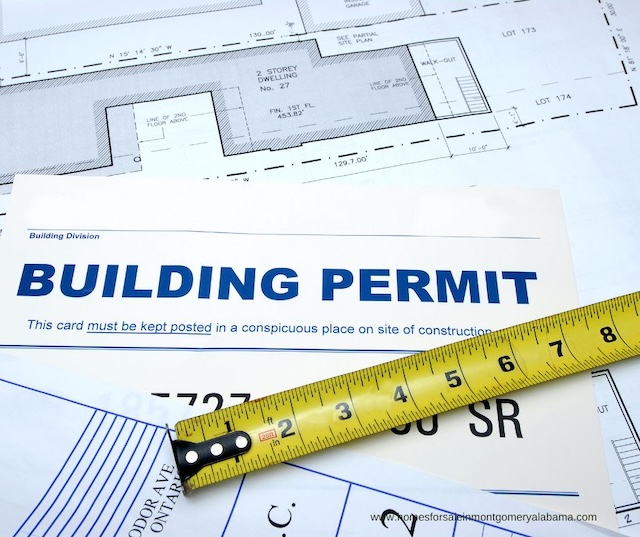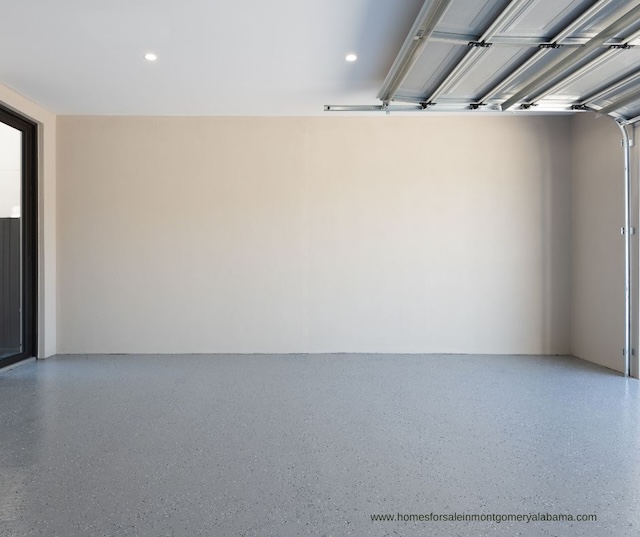Last-Minute Thanksgiving Prep: Stress-Free Ideas to Save the Day
Thanksgiving is tomorrow, and if you’re reading this, chances are you’re either scrambling or just realizing you’re not quite ready. Don’t panic! With a little planning, smart shortcuts, and a dash of creativity, you can pull off a memorable holiday without the stress.
.png)
Here’s your ultimate last-minute Thanksgiving guide:
🍽️Simplify the Menu
When time is tight, focus on big-impact, low-effort dishes. You don’t need a 12-course meal to impress.
Tips:
- Roast a smaller turkey or buy a pre-cooked one: Many grocery stores offer fully cooked or partially cooked turkeys that only need reheating.
- One-pot sides: Think roasted vegetables, mashed potatoes, or green bean casserole—easy, fast, and crowd-pleasing.
- Skip the fussy appetizers: Cheese boards, roasted nuts, or a simple veggie tray are ready in minutes.
🛒Rely on Store-Bought Shortcuts
There’s no shame in using prepared ingredients—just upgrade them with a personal touch.
Examples:
- Cranberry sauce: Use canned cranberry sauce and jazz it up with orange zest, cinnamon, or a splash of Grand Marnier.
- Stuffing: Boxed stuffing can become gourmet with sautéed onions, celery, and fresh herbs.
- Desserts: Pre-made pies or cookie dough are time-savers—serve with whipped cream, ice cream, or a drizzle of caramel to make them feel homemade.
🤝Make Cooking a Team Effort
If you have family or friends helping, delegate strategically:
- Someone can prep salads, set the table, or fold napkins.
- Others can chop vegetables or monitor oven timing.
- Even small tasks add up and free you to focus on the main dishes.
(20).png)
🌸 Set a Stress-Free Table
A festive table doesn’t have to be complicated:
- Use seasonal elements like pumpkins, gourds, or simple greenery.
- Cloth napkins or colorful paper ones with twine look elegant without much effort.
- Arrange the serving dishes buffet-style to make it easy for guests to serve themselves.
🥂Quick Fix Drinks
Keep beverages simple but festive:
- Sparkling water with a splash of cranberry or pomegranate juice looks fancy.
- A simple punch with soda, juice, and frozen fruit can double as a centerpiece.
- Wine or cider? Pour it in a large pitcher so guests can help themselves.
⏱️Don’t Forget Time-Saving Cooking Hacks
- Roast veggies at high heat: 425°F for 20–30 minutes gives caramelized, flavorful results.
- Microwave potatoes to speed up mash-making.
- Use slow cookers for sides like stuffing, mac and cheese, or gravy.
💛Focus on Gratitude, Not Perfection
Thanksgiving is about connection, not perfection. Guests won’t remember if the rolls were slightly overdone or if the pie crust cracked—they’ll remember the laughter, the warmth, and the shared moment.
Last-Minute Checklist:
✅ Buy a pre-cooked turkey or smaller bird
✅ Pick up pre-made sides or shortcuts
✅ Assign helpers for prep and setup
✅ Decorate simply with seasonal touches
✅ Prepare a simple, festive drink
✅ Keep the focus on gratitude
Even at the last minute, Thanksgiving can be joyful, easy, and delicious. With a few smart shortcuts, teamwork, and a relaxed attitude, you can enjoy the day as much as your guests.
Happy Thanksgiving! 🦃🍁
🏡 Thinking about a fresh start this season?
If you’re also considering making a move or preparing for the new year, let me, Sandra Nickel, and my Hat Team of Professionals guide you every step of the way. Whether you’re buying, selling, or doing both, we’re here to make your real estate journey smooth, stress-free, and successful.
📞 Call us today: 334-834-1500
🌐 Explore your options: homesforsaleinmontgomeryalabama.com



.png)
(8).png)
.png)
(5).png)
.png)
(3).png)
